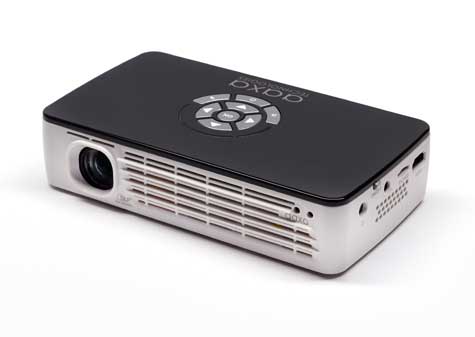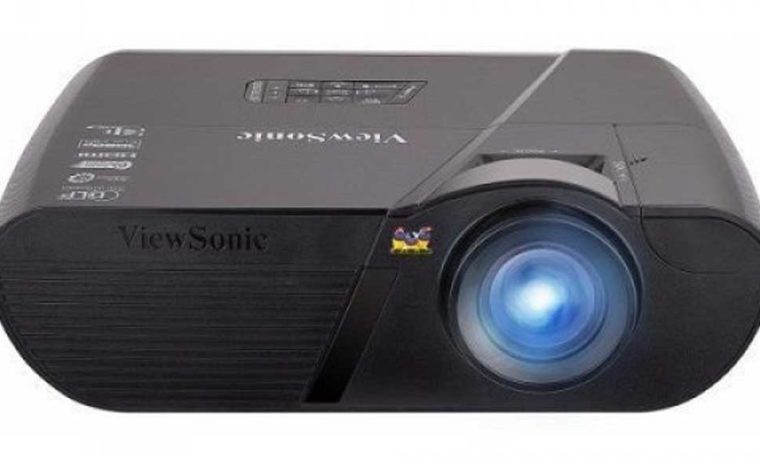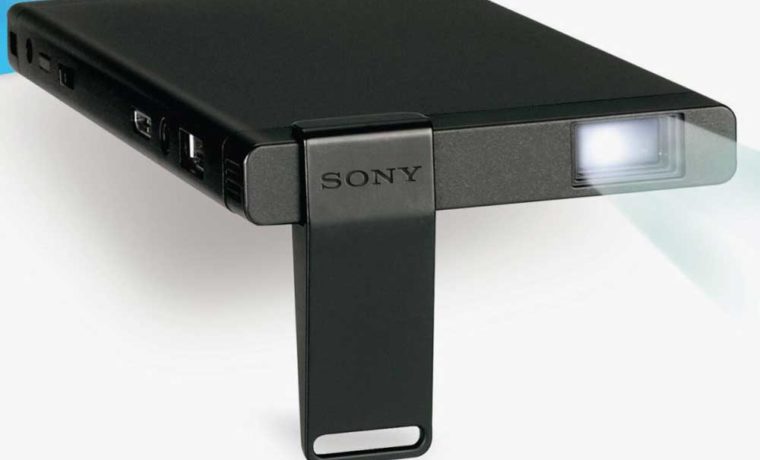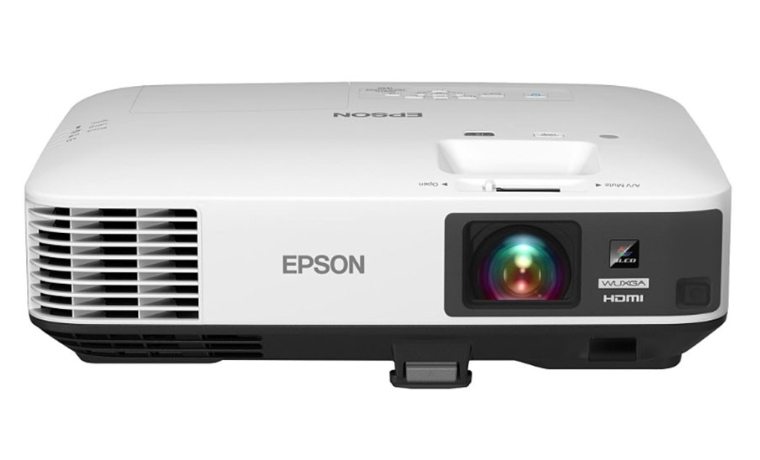Comments on projectors considered in this report, that did not win awards.
- The 2017 Best Home Theater Projectors Report
- 2017 Best Home Theater Projectors Report: List of Winners
- Entry Level - Best Performance: BenQ HT3050
- Entry Level - Best Value: Epson Home Cinema 2040 and 2045
- Entry Level - Value Runner-Up: Viewsonic PJD7822HDL
- Entry Level - Best LED Pocket Projector: AAXA M6
- Entry Level - Projector We Wished We Had Reviewed: Optoma HD142X
- Best In Class - Performance $1000 - $2000: Optoma UHD60
- Best In Class - Value $1000 - $2000: Epson Home Cinema 4000
- Best In Class - Bright Room Value $1000 - $2000: Epson Home Cinema 1440
- Best In Class - Performance $2000 - $3500: Epson Home Cinema 5040UB
- Best in Class - Value $2000 - $3500: Optoma UHD65
- Best In Class - Performance $3500 - $8000: Epson LS10500
- Best In Class - Value $3500 - $8000: JVC DLA-RS400/420
- Best in Class - Value $3500 - $8000: Sony VPL-VW365ES
- Best In Class - Performance $8000+: Sony VPL-VZ1000ES
- Best in Class - Value $8000+: JVC DLA-RS620
- 2017 Best Home Theater Projector Winners - Charts
- 2017 Best Home Theater Projector Comparison Report – Under $1000 Non-Winners
- 2017 Best Home Theater Projector Comparison Report – $1000-$2000 Non-Winners
- 2017 Best Home Theater Projector Comparison Report – $2000-$3500 Non-Winners
- 2017 Best Home Theater Projector Comparison Report – $3500-$8000 Non-Winners
- 2017 Best Home Theater Projector Comparison Report – $8000+ Non-Winners





